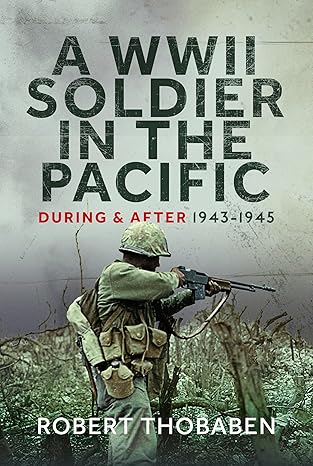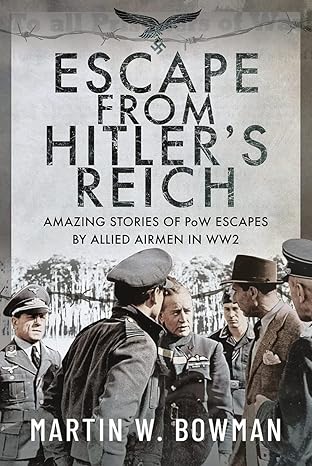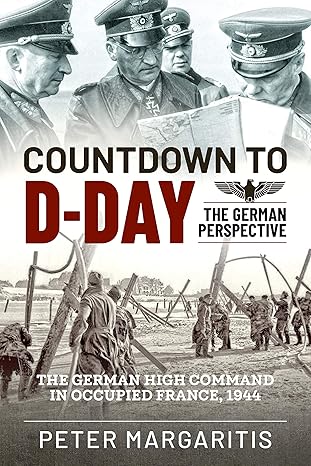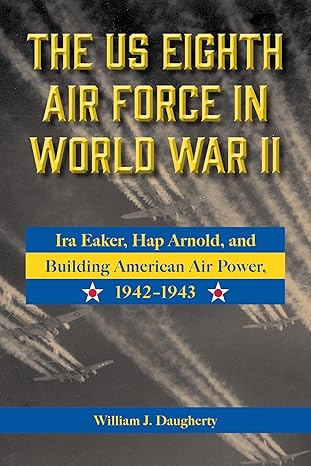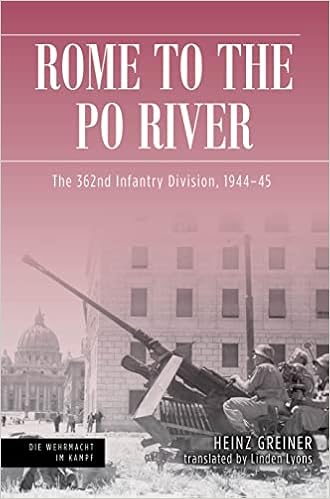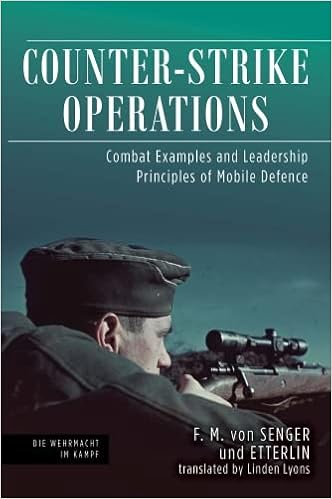The Battle of Leyte Gulf
By MSG James F. Seifert Jr.
During World War II, many land, sea, and air conflicts shaped the course of victories and setbacks for the United States in the Pacific region. The Navy’s Pacific Fleet endured several challenges before and during the battle consisting of command structure fluidity, land-based air forces, carrier-based air forces, and geographic force alignment changes. Toward the end of the war on the naval front, the Battle of Leyte Gulf in the Philippines punctuated the end of the Japanese naval threat (Hone, T., 2009). The battle lasted only four days, from 23-26 October 1944, off the coast of Leyte, Samar, and Mindanao islands, and claimed the lives of hundreds of thousands and hundreds of naval vessels and aircraft (Cutler, T. J., 1994). The American Navy’s effects on the Japanese naval forces ended their capacity to engage in conventional offensive operations with minimal losses to Americans (Hanson, V. D., 2017). The commanders in the battle needed to work together and devise creative plans to defeat the Japanese naval power using only a set of objectives and an end state from their fleet commander. The purpose of this paper is to analyze the Battle of Leyte Gulf and provide the United States Navy’s perspective utilizing the operational art lens and operational design framework.
Operational Art
“Operational art is the cognitive approach by commanders and staffs supported by their skill, knowledge, experience, creativity, and judgment” (Joint Chiefs of Staff [JCS], 2017, p. IV-1). Senior commanders and staff must analyze the current information to conceptualize how they will construct plans for operations and how forces deploy against those concepts. According to Durham (1998), the Navy does not conduct deliberate planning as the Navy operates through overseas missions and crisis events. The author continues to mention that managing and integrating three different components, air, surface, and subsurface, is no small task to achieve and implies a level of operational art.
A few days before the primary battle, Admiral Nimitz receives information regarding the movement and employment of the Imperial Japanese Navy (IJN). Fleet Admiral Nimitz quickly notified the subordinate fleet commanders, Admiral Halsey and Admiral Kinkaid, of an imminent attack (Hone, T., 2022). Based on the actions of Admiral Nimitz and utilizing an operational art lens, they overwhelmingly won the battle. Operational art is not only being a creative thinker and using information; they must answer a series of questions to achieve the overall end state (JCS, 2017). Commanders must integrate additional elements of ends, ways, means, and risks to maximize effects on the enemy and preserve the force in developing their objectives and strategies (JCS, 2017).
Ends
Commanders must understand the current state of the operational environment they operate in and, based on the information received, apply it to the “objectives and the desired end state” (Joint Chiefs of Staff [JCS], 2011, p. II-4). Not only is answering the objectives and end state important at the current level but understanding how those objectives fit into strategic and national levels (JCS, 2017). Additionally, commanders must understand and plan what objectives to accomplish to achieve the national and strategic objectives (JCS, 2017). Admiral Nimitz’s Pacific Fleet’s strategic objective was to defeat Japan by conducting continuous offensive operations on Japan’s defensive perimeter (Hone, 2009). The Battle of Leyte Gulf was only one of the supporting operations in destroying the Japanese Navy in the Philippines. Admiral Nimitz then needed to figure out how he would achieve the objective through the “ways.”
Ways
The JCS (2011) states ways are the order in which actions units must execute to achieve mission success and the overall end state of the strategic objectives. To further determine the ways, commanders will utilize what evolves from the operational approach template (JCS, 2017). In the Battle of Leyte Gulf, Admiral Nimitz had to understand the capabilities he had and the locations of the fleets to defeat the IJN from penetrating his fleets. Had the IJN been able to penetrate the United States Navy, the IJN could have compromised the United States’ strategic objectives. Admiral Nimitz identified his objectives to ascertain the “ways,” now the admiral must incorporate and identify the “means.”
Means
The means definition of operational art is “identifying available forces, resources, and authorities to achieve strategic objectives” (JCS, 2017, p. IV-8). Commanders must evaluate the composition and resources of their current forces owned against what they intend to encounter from the enemy or when they plan to execute future operations. An example of identifying the forces available is the combination of the Central Pacific and southwestern Pacific fronts (Hone, 2009). The offensive fronts for the Battle of Leyte Gulf comprised two separate fleets, with varying compositions, that Admiral Nimitz strategically placed in the most influential positions against the already deployed Japanese Navy. The admiral, understanding the situation and his operational environment, had to assume risk after assessing the ends, ways, and means for the area of operation.
Risk
All operations, campaigns, and missions have elements that potentially cost the unit's equipment and lives. Commanders and staff must assess each operation's risk, determining the probability of failure or the undesired outcome of the operations (JCS, 2017). Additionally, commanders must weigh the probable outcomes against the strategic objectives assessing if the risk is acceptable. Admiral Halsey would assume risk during the Battle of Leyte Gulf that even though the battle results were in Halsey’s favor, the risk associated with the actions was more significant than it needed to be and left one of the straits by Leyte open. Everyone in the fleet, including Halsey’s staff, had recommended split formations to attack or prepare to attack the Japanese Navy (Hone, 2022). Despite those recommendations, Admiral Halsey kept the fleet together, continued the course of action, and ignored information and ideas to defeat an imminent attack (Hone, 2022). Admiral Halsey's actions and thought processes may have changed to the recommendations of his higher and adjacent commanders if the joint staff utilized and shaped the operational design framework.
Operational Design
Operational design is "the conception and construction of the framework that underpins a campaign or operation and its subsequent execution" (JCS, 2017, p. IV-1). Elements within the operational design create a larger picture for commanders to understand their operational environment and create a shared understanding. The unique part of the operational design is that it constantly changes along with the progress of operations. A shift in action on the battlefield may trigger a different reaction or result that impacts the operational environment. For instance, had Admiral Halsey heeded the advice of his staff and adjacent commanders to split his forces, the battle would have culminated earlier, and potentially the IJN would have retreated or changed to a different approach. The composition of the operational design is four essential elements, each of which has characteristics that build on each other to develop an operational design framework (JCS, 2017).
Understanding the Strategic Guidance
Senior commanders must understand the strategic guidance and direction to see what national leaders want to solve. The guidance provided should provide long-duration to short-duration objectives, and the objectives should give precise definitions of the ends, ways, and means (JCS, 2017). Once the commander understands the strategic guidance and proceeds with the staff planners, the responsibility of resource missions and accomplishing the task lies solely on the commander. In addition, the commander must explain how the units will achieve the proposed missions and any associated risks to force and missions. The strategic level guidance comes from the President and the Secretary of Defense.
The President and Secretary of Defense directly published the strategic objectives to the combatant commanders and joint force commanders. In the Battle of Leyte Gulf, President Roosevelt called Admiral Nimitz and Admiral King to go over the strategic guidance and outlined the strategic objective of defeating the Japanese defense perimeter through continuous offensive operations (Hone, 2009). After the meeting, Admiral Nimitz had to align naval forces to achieve the objective(s) and ensure the fleet had the appropriate resource allocation to sustain operations. Once the commanders understand the strategic guidance, they can start understanding the operational environment.
Understanding the Operational Environment
The next major component that builds operational design is understanding the operational environment. Joint staff and commanders must analyze the current environment and decide how they want the future operational environment to look after the conflict(s) conclude. According to JCS (2017), knowing the operational environment assists commanders in identifying problem sets, foreseeing outcomes, and understanding the results of friendly, enemy, and neutral force actions. There are a series of inputs that feed an understanding of the environment, strategic guidance, the operation, any history that is necessary, and physical and information factors. The outputs of the operational environment answer the description of the current environment from a systems perspective, impacts of physical and information factors, the centers of gravity for friendly and enemy, and military end states of friendly and enemy. Analyzing the Battle of Leyte Gulf, Admiral Nimitz's centers of gravity are protecting the straits to the north and south of Leyte, securing supply routes, and the support land force occupying the Philippines. As the operational environment evolves, the problem sets may change, and commanders and staff must define them.
Define the Problems
The critical part of resolving any problem is defining what the problem is (JCS, 2017). After the staff analyzes the operational environment, they evaluate the tendency and potential of impactful players and how those players affect the operations. Once the staff completes the evaluation, the staff proposes a problem statement that identifies the problem and how to solve the situation concerning the current operational environment (JCS, 2017). As Durham (1998) mentioned, the Navy did not operate with an elaborate joint staff with the massive, detailed planning that land forces conducted since the Navy worked mission to mission and was not campaign oriented. In looking at the complexity of preparing for the Philippine mission, Admiral Nimitz and the subordinate commanders could have benefited from the information produced by defining the problem. Defining the operational environment's problems feed into commanders developing their operational approach.
Operational Approach
The operational approach is how commanders envision their operations evolving and setting conditions to achieve the end state. According to JCS (2017), understanding the operational environment is a large part of the commander's vision and how the effects support national and strategic objectives. After the commanders have come up with their operational approaches, the Secretary of Defense and the commander sit in a series of reviews to ensure that the approach is in line with the political side of operations (JCS, 2017). Once the commander receives an approved approach, the staff proceeds with detailed planning. The same with all the other components; constant updates and refinement aid in the commander's ability to have a successful approach.
Aside from the detailed analysis of the operational environment that develops the approach, the commander's experience, skills, educational background, and judgment assist in developing the approach (JCS, 2017). The operational approach ties directly in with the "ways" of operational art. Admiral Nimitz arguably implemented some of the operational approach constructs when developing how to defend and support operations in the Philippines. The alignment of forces and the subsequent employment of the types of task forces and target groups to the correct location.
Conclusion
The purpose of this paper is to analyze the Battle of Leyte Gulf and provide the United States Navy's perspective utilizing the operational art lens and operational design framework. JCS (2017) stated that "operational design and operational art enable understanding." Operational art and design intertwine, and the parts that make them up enable commanders and staff to envision and prepare for future operations. "Operational art is inherent in all aspects of operational design" (JCS, 2017).
The Battle of Leyte Gulf might have benefited from having a robust joint staff and planning in detail even though the Navy had a successful outcome, and Admiral Nimitz achieved the strategic objective. Commanders must weigh the risks associated with their actions and how they may or may not affect the operations. As described in Admiral Halsey's actions, he was successful but could have compromised the strategic objective had he not been successful. The analysis highlighted that the "ways" and "means" are the guts of operational art and design. The other elements are essential; however, if commanders and staff do not consider the "ways" and "means," the operations have already failed.
| * * * |
References
Cutler, T. J. (1994). Greatest of all sea battles. U.S. Naval Institute. (8), No. 5.
https://www.usni.org/magazines/naval-history-magazine/1994/october/greatest-all-sea-battles
Durham, R. W. (1998). Operational Art in the Conduct of Naval Operations. U.S. Army Command and General Staff College.
https://apps.dtic.mil/sti/pdfs/ADA340139.pdf
Hanson, V. D. (2017). The Second World Wars: How the First Global Conflict Was Fought and Won. Hachette Book Group.
Hone, T. (2009). U.S. Navy Surface Battle Doctrine and Victory in the Pacific. Naval War College Review, (62), No. 1, Article 7.
https://safe.menlosecurity.com/doc/docview/viewer/docN27EF0C9BDA38036e0d3a472189f878b37e5c4d8beec288c35b4aaab2f4816000237e4060760c
Hone, T. (2022). Mastering the Art of Command: Admiral Chester W. Nimitz and the Victory in the Pacific. Naval Institute Press.
Joint Chiefs of Staff. (2011). Joint operations (JP 3-0).
https://www.benning.army.mil/mssp/security%20topics/Potential%20Adversaries/content/pdf/JP%203-0.pdf
Joint Chiefs of Staff. (2017). Joint planning (JP 5-0).
https://www.airforcespecialtactics.af.mil/Portals/80/prototype/assets/joint-pub-jpub-5-0-joint-planning.pdf
| * * * |
© 2026 By MSG James F. Seifert Jr.
Published online: 03/12/2023
Written by James F. Seifert Jr.
About the author:
James F. Seifert Jr. is a student at the Sergeants Major Academy Class 73. He's an Active Duty Army Master Sergeant with 19 ½ years of service and a career Infantryman, having served with Airborne and Stryker Units. Reason for publishing: Gaining experience in the doctrine of mission command and analyzing a battle broadened my approach to seeing insights of our commands and how the enlisted force is an essential part of commanders ability to exercise command. Non-Commissioned Officers (NCOs) tend to not understand the finer details of the why or how decisions are made or how they, as soldiers, can contribute to commanders. In breaking down mission command, a unique understanding and perspective unfolded.
* Views expressed by contributors are their own and do not necessarily represent those of MilitaryHistoryOnline.com.

